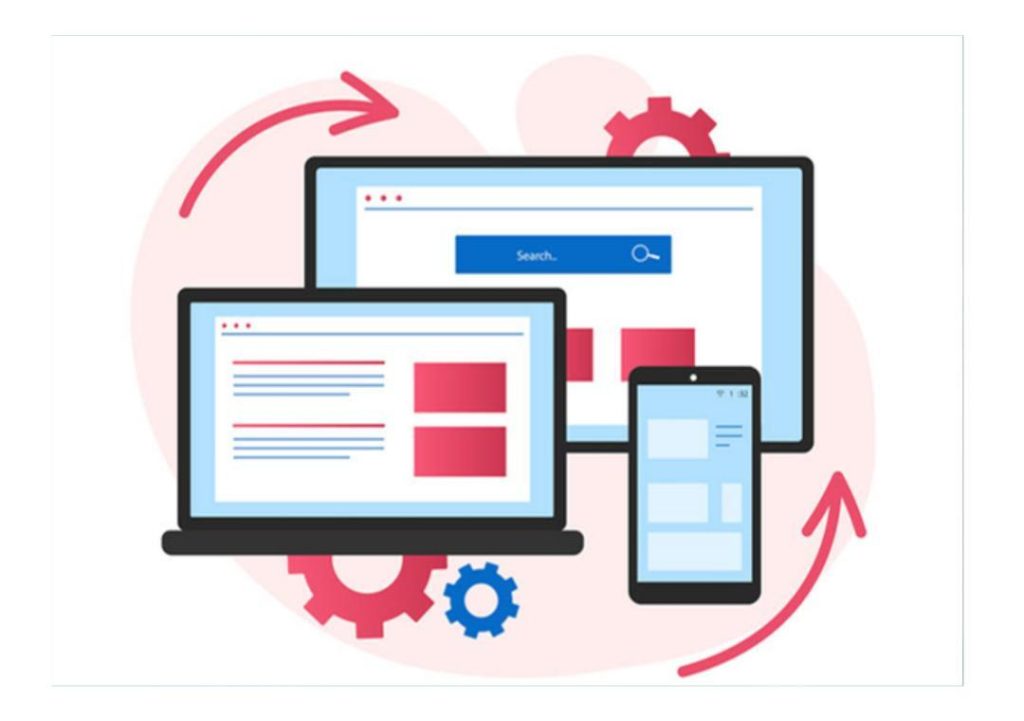
Is Your Website Adapting as Users Evolve?
The digital landscape is a rapidly changing entity, with user behavior shifting with time, trends, and technology. A website built even just a year ago may not be serving the habits and expectations of today’s users. This is why website optimization is not a one-and-done task, but rather an iterative process that requires consistent monitoring and adaptation.
In today’s fast-paced digital environment, staying ahead of the curve means understanding the evolving needs and preferences of your target audience. This is where a user-centric approach to website optimization comes into play. By putting the user at the forefront of your design and development process, you can build a website that not only meets but exceeds the expectations of your audience.
The Importance of Monitoring the User Journey
So, how do you ensure that your website is meeting the evolving needs of your users? The key lies in monitoring the user journey. This involves tracking the path that users take as they interact with your website, from initial landing to conversion and beyond. By analyzing this data, you can identify pain points, areas of friction, and opportunities for improvement.
A user journey map is a visual representation of this process, providing a clear overview of the steps involved in completing a task or achieving a goal on your website. This map can be used to identify potential bottlenecks and areas where the user experience can be improved.
The Impact of User Behavior on Website Optimization
User behavior has a profound impact on website optimization. As users adapt to new technologies and trends, their behavior changes, and websites must adapt accordingly. For example:
- Mobile-first design: With the rise of mobile devices, users are increasingly accessing websites on-the-go. This has led to a shift towards mobile-first design, where the mobile experience is prioritized and then adapted for desktop.
- Voice search: The increasing popularity of voice assistants like Siri, Alexa, and Google Assistant has led to a rise in voice search. Websites must optimize for voice search by incorporating natural language and long-tail keywords.
- Video content: The rise of video content has led to an increase in users watching videos on websites. This has led to a shift towards video-centric design, where video is used to engage and inform users.
- Personalization: As users become more accustomed to personalized experiences, websites must adapt by incorporating personalization techniques, such as tailoring content and offers to individual users.
The Benefits of Iterative Website Optimization
So, why is iterative website optimization so important? The benefits are numerous:
- Improved user experience: By continuously monitoring user behavior and adapting to changes, you can ensure that your website provides a seamless and intuitive experience for users.
- Increased conversions: A website that is optimized for user behavior is more likely to convert visitors into customers.
- Better search engine rankings: Search engines favor websites that provide a positive user experience, so iterative optimization can also improve search engine rankings.
- Competitive advantage: By staying ahead of the curve and adapting to changes in user behavior, you can gain a competitive advantage over rivals.
Conclusion
In conclusion, website optimization is not a one-and-done task, but rather an iterative process that requires consistent monitoring and adaptation. By putting the user at the forefront of your design and development process, you can build a website that meets and exceeds the evolving needs of your audience.
By monitoring the user journey and adapting to changes in user behavior, you can ensure that your website remains relevant and effective in an ever-changing digital landscape. Remember, website optimization is not a destination, but a journey – and one that requires constant iteration and improvement to stay ahead of the curve.
Source:
https://www.growthjockey.com/blogs/user-journey-leads-to-website-optimization






